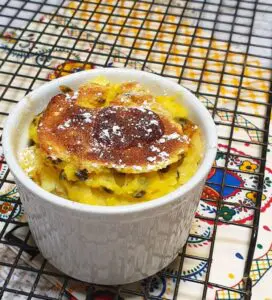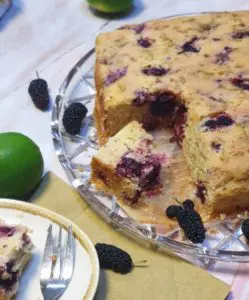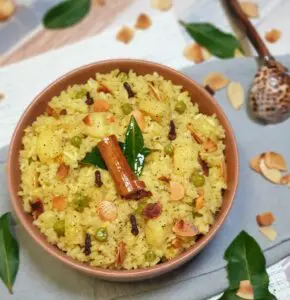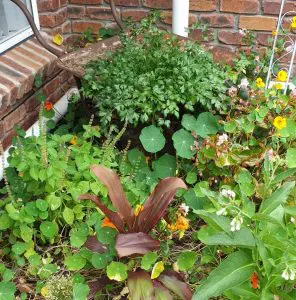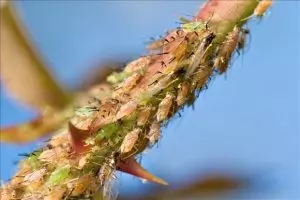In a world where just about everything is supersized up, quail are no exception – welcome to the world of giants and Jumbo quail…
Whether you call them Coturnix quail, Japanese quail, or Pharaoh quail, they all pretty much mean the same thing – a small domesticated breed of poultry. They come in various colours from the most common speckled and striped brown to the Italian grey, bi-coloured Tuxedo, or fully white A&M but one thing that hasn’t changed much is their relatively small size… until now.
Enter Glenys and Jo the Jumbo quail breeders from Elimbah! Only recently (last several years) both Glenys and Jo gave up city living for the small acreage life and like many who have made the move they are totally smitten with the extra space, serene surrounds, and ability to keep animals on a larger scale.
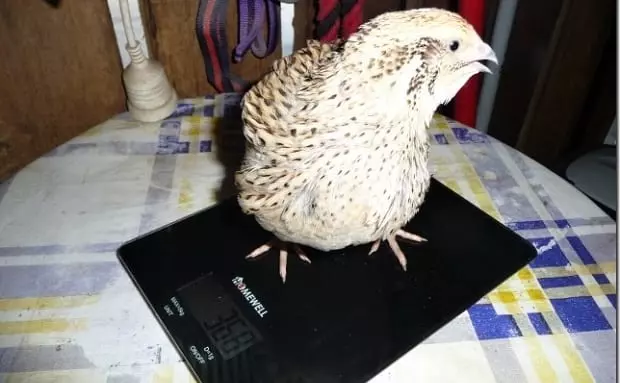
Jumbo quail on scales 368 grams! (image above)
Not that they were totally new to animals (or even larger properties) as both Glenys and Jo had plenty of earlier life experience in training horses and keeping other domestic livestock. This experience stood them in good stead when they moved to Elimbah (about 50 kms north of Brisbane, QLD, Australia) and started keeping/breeding award winning show chickens.
Then, remarkably only just over 12 months ago, Glenys and Jo fell in love with quail and haven’t looked back since. Almost immediately, they embarked on a mission to grow their quail into Jumbos and in this short timeframe they succeeded and achieved their goals. Through progressive selective breeding of larger birds and some valuable advice from their friend and scientist Denny, Glenys and Jo have supersized their flock of quail. 
When I drove into Glenys and Jo’s property my first impressions was how neat and well-manicured the general surrounds and gardens were kept so it came as no surprise to see their quail breeding setup was immaculately kept and professionally run.
Jumbo Quail breeding setup
Essentially Glenys and Jo’s Jumbo quail breeding setup is divided into three main areas and stages:
- Stage 1 Incubation and initial brooding – This area includes the incubator (domestic type) and initial brooding cages/containers. The eggs are hatched and the tiny, delicate, chicks are placed into the nearby brooders until they grow enough to be moved onto stage 2.
- Stage 2 Brooding and holding area for chicks – Once the chicks are strong enough and feather development has progressed (usually after about a week) the chicks are moved onto this area. The chicks are then weaned off the heat source as they continue to grow.
- Stage 3 Growing and breeding area – This final stage is where the larger birds and good breeders are sorted and then kept for mating, laying, egg collection and the process starts again.
Glenys and Jo will tell you quail breeding is easier than chickens but still very hard work and time consuming to do it right. Often, they are required to spend the best part of a day running their quail breeding program and ensuring the welfare of their birds is kept to the highest standards.
Cage brooders stage 1 (image below)

Storage box brooders for spill over stage 1 (image below)

Stage 2 brooders/growing pens (image below)

Stage 3 Quail barn

Inside quail barn (image below)

Why Jumbo quail?
You know, I didn’t exactly ask Glenys and Jo what their main motivation was to breed quail into jumbo size – perhaps it was the challenge. However, I can tell you they don’t process and eat their own quail because to them their quail are their pets and eating a pet… well, that’s not right. Therefore, they didn’t breed them big deliberately for their own consumption; but personally, I reckon these Jumbo quails would be a perfect plate size.
Size difference between Jumbo and Standard quails
Many people all over the world like to eat quail because it’s a top shelf poultry and quail meat tastes good. I’ve been growing and eating quail for years now but until I visited Homestead Quail I had never actually held a quail bigger than the standard size of around 180 – 230 grams whereas the Jumbo quail are close to twice that weight!
What do they do with their quail?
So you might be thinking why do these charming ladies keep quail and what do they do with so many of them? Firstly, they breed quail as a hobby and they obviously enjoy it immensely. Secondly, Glenys and Jo sell their quail both adults and chicks at the Caboolture markets on a Sunday and also by appointment through their own website – Homestead Quail.
Breeding tips and tricks
Glenys and Jo are very knowledgeable and are happy to provide advice on keeping quail. When I picked up my Jumbos they recommended I don’t mix my Jumbo quail with my standard quail because the smaller gene is more dominant and over time my Jumbos will breed out back to normal size. Also, it’s fine to breed mother/son, father/daughter, but never sister/brother as this will eventually render your flock sterile.
Use solar lighting into the night to extend the daylight and improve laying. Use music (like a radio) on 24/7 to ease anxiety and help the birds to relax – it may also help to keep predators away.

What’s next?
For most breeders, you’d think what Glenys and Jo have achieved with their Jumbo quail program would be enough but this isn’t the case. Again with a big help from their friend (scientist Denny) Glenys and Jo are dabbling into even bigger quail territory. Watch this space, Fee-Fi-Fo-Fum and just like the age of the dinosaurs the realm of the Colossal Quail may be upon us sooner than you think…
Feel free to leave a comment below or you can ask questions or discuss this article on our forum (Glenys and Jo are members of our forum also).
Mark Valencia – Editor SSM
Look, and see the Earth through her eyes…

